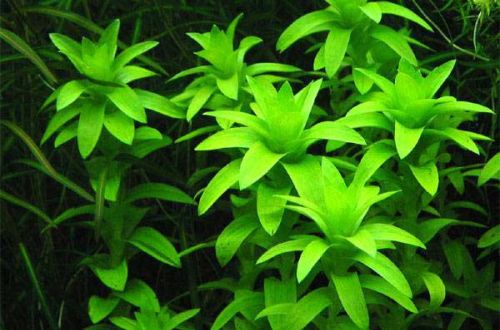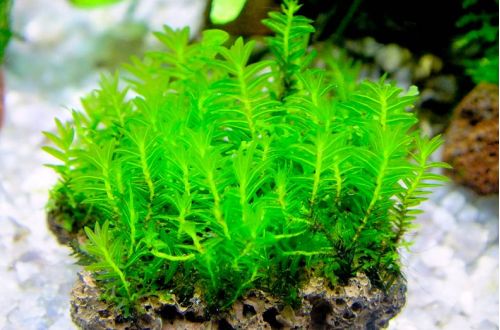
Tonina river
Tonina river, scientific name Tonina fluviatilis. In nature, the plant is found in Central and northern regions of South America. It grows in shallow water in streams and rivers in areas with a slow flow, rich in tannins (the color of the water has a rich tea shade).

First imported as an aquarium plant by a group of Japanese researchers, along with several other species. The plants were erroneously identified as Tonina, but apart from Tonina fluviatilis, the rest belonged to other families.
The error was discovered rather late, only in the 2010s. at the same time, plants received new scientific names. However, the old names have firmly entered into use, so you can still find Tonina Manaus (actually Syngonanthus inundatus) and Tonina belem (actually Syngonanthus macrocaulon) on sale.
In favorable conditions, it forms an upright strong stem, densely planted with short leaves (1–1.5 cm) without pronounced petioles. Has a slight tendency to side shoots.
In an aquarium, reproduction is carried out by pruning. For this purpose, as a rule, a few side shoots are used, and not the main stem. It is advisable to cut the tip of the shoot up to 5 cm long, since in long cuttings the root system begins to develop directly on the stem and at a certain height from the place of immersion in the ground. A sprout with “airy” roots looks less aesthetically pleasing.
Tonina river is demanding on conditions and is not recommended for beginner aquarists. For healthy growth, it is necessary to provide acidic water with a total hardness of no more than 5 dGH. The substrate must be acidic and contain a balanced supply of nutrients. Needs a high level of illumination and additional introduction of carbon dioxide (about 20-30 mg / l).
The growth rate is moderate. For this reason, it is impossible to have fast-growing species nearby that can obscure Tonina river in the future.




